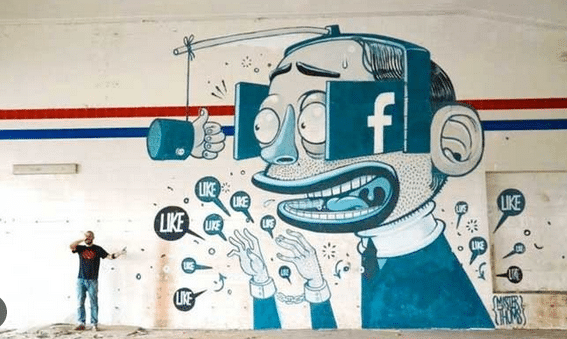Over 4.5 billion people around the world use some social media. This means that more than half of the world’s population is exposed to an environment that is not well known and could be harmful. In recent years, social media platforms, especially those in the United States, have been cited as contributing factors to the spread of false information and mental harm.
Worse still, many companies that run these famous and almost required sites know the harm they cause. You only need to look at the 2021 leaks, which show that Facebook did a study on Instagram and found that it causes harm to teenagers.
Now called Meta, the company has yet to do much to protect vulnerable people from the harm that can come from the way its program tries to improve the service and make more money. Still, the dangers are becoming more and more clear as more and more young people join these platforms.
What we know and perceive to be the dangers

After interviewing more than 2,000 US and UK parents or guardians and more than 2,000 children with internet access, this study shows a clear difference in how each group sees online and It use’s dangers.
The biggest dangers for their children when they are online, in order, are bullying, grooming, offensive media, harassment, and those looking for personal information. On the other hand, children say that the biggest online threats are rude behavior, scary media, bullying, and being asked to buy things.
In the US, YouTube, Facebook, TikTok, Roblox, and Instagram were the most frequently cited platforms. At the same time, in the UK, Roblox, YouTube, TikTok, Fortnite, and Facebook were the most frequently cited platforms. The study shows that parental blocks are a good way to protect against these possible hams.
But these clear dangers aren’t the only thing that makes social media platforms dangerous places to spend time. Since four-year-olds spend an average of 21 minutes daily on social media, experts think there will be many more problems in the next 20 years.
Unseen dangers of social media exposure

It use is a fairly new thing, especially at the level it is at now. This means scientists and researchers are still trying to determine how it will impact people. Still, there is some study into the long-term effects of social media use and stories about its negative effects.
In the three-year study cited here, the amygdalas of 12 and 13-year-olds who used social media more often were more sensitive. Those who didn’t spend as much time on social media became less sensitive. But it needs to be clarifiedhat social effects this increased awareness will have.
The study does demonstrate that social media has an impact on the brain. The dopamine rush that prompt and practical feedback provides is a more frequently cited result of prolonged social media use. In other places, links are being made between watching fast or short videos and a rise in the number of people with ADHD.
Social media can be dangerous beyond the obvious impact, considering that 23% of teenage girls say Instagram makes them feel bad about their bodies and the known dangers of increased, prolonged, and regular dopamine feeds.
Young people spend a surprising amount of time on social media. We know and can stop some of the harm from this online activity, but there are also more hidden problems that come with it.
